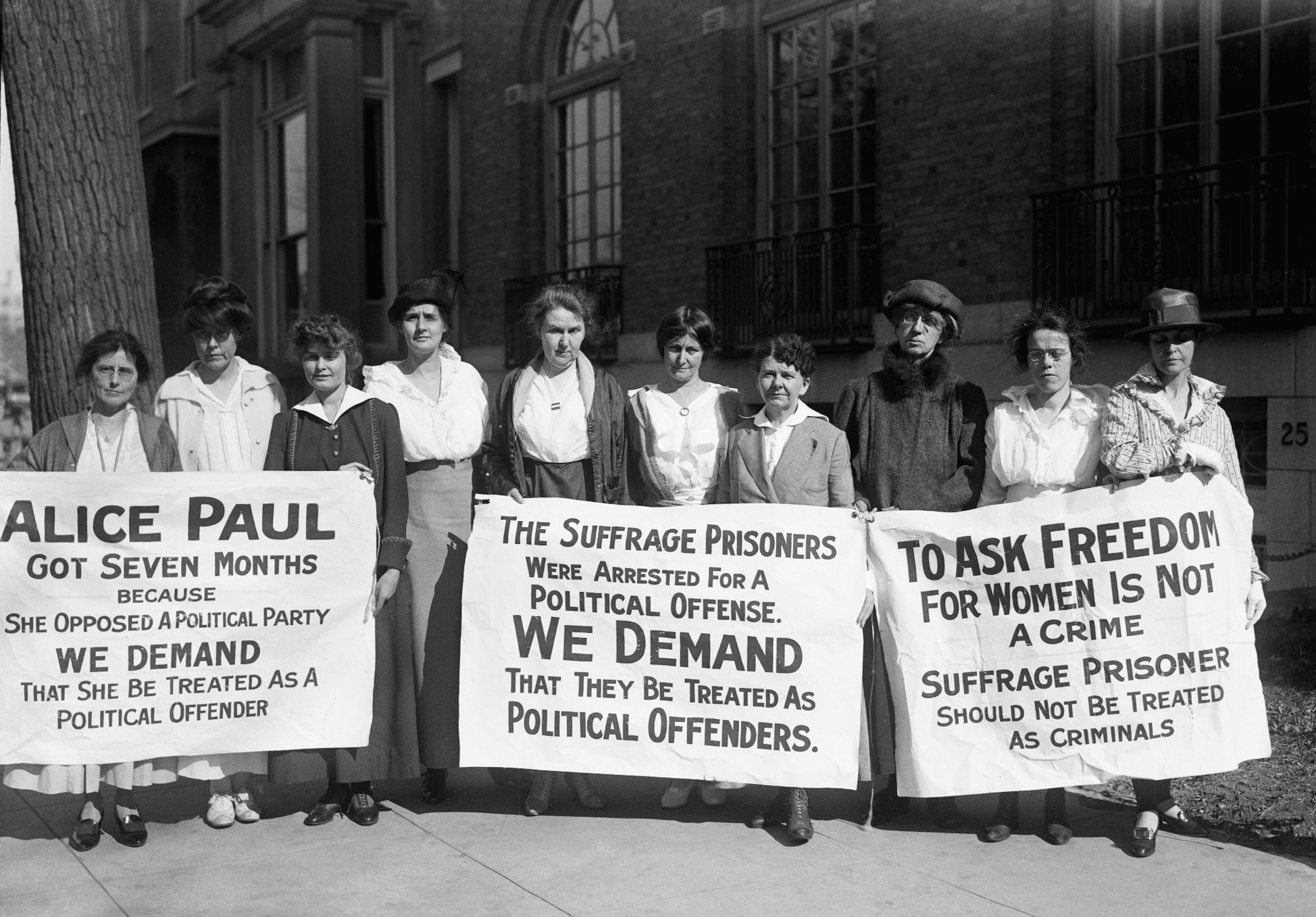
Introduction
The women's suffrage movement, founded in 1848 and culminating in the ratification of the 19th Amendment in 1920, was a watershed moment in American history. It marked a monumental shift towards equality and representation, giving women the right to vote, a right that had been denied to them for centuries. This essay delves into the complex history, key figures, challenges faced, and the ultimate triumph of the women's suffrage movement.
Historical Context
In the early 19th century, women in the United States were denied the most fundamental of democratic rights: the right to vote. They were relegated to the private sphere, largely excluded from public life and political decision-making. The spark for the women's suffrage movement was ignited at the Seneca Falls Convention in 1848. Here, women, led by Elizabeth Cady Stanton and Lucretia Mott, articulated their demand for the right to vote in the Declaration of Sentiments, drawing parallels between their struggle and the broader fight for human rights.
Key Figures
Numerous remarkable women played pivotal roles in the suffrage movement. Susan B. Anthony, a tireless advocate for women's rights, is often remembered for her work in advancing suffrage and her partnership with Stanton. Lucy Stone, another prominent suffragist, was instrumental in establishing the American Woman Suffrage Association. Alice Paul and Lucy Burns were leaders of the more radical National Woman's Party, known for their protests and hunger strikes. These women, among many others, were unrelenting in their pursuit of equality.
Challenges and Obstacles
The suffragists faced a formidable array of obstacles. Society's deeply ingrained gender roles and stereotypes perpetuated the idea that women were unfit for political involvement. They encountered opposition from both men and women who believed that women's roles were exclusively domestic. Additionally, racism within the movement itself, as some white suffragists were hesitant to support Black women's voting rights, created internal conflicts.
Suffrage Strategies
Over the decades, suffragists employed various strategies to achieve their goals. Peaceful protests, public speeches, and lobbying were the initial methods. However, as progress stagnated, some suffragists adopted more militant tactics. Alice Paul and the National Woman's Party organized protests in front of the White House, and imprisoned suffragists engaged in hunger strikes, drawing attention to their cause.
The Turning Point: 19th Amendment Ratification
The tipping point in the women's suffrage movement came in 1920 when the 19th Amendment to the United States Constitution was ratified. This amendment declared that "the right of citizens of the United States to vote shall not be denied or abridged by the United States or by any State on account of sex." After decades of relentless struggle, women had secured the right to vote, a landmark achievement that paved the way for their increased participation in public life.
Legacy
The women's suffrage movement had a profound and enduring impact on American society. It shattered stereotypes about women's abilities and their place in politics. It set the stage for subsequent waves of feminism, including the women's liberation movement in the 1960s and 1970s. Today, women continue to fight for equality in various spheres of life, inspired by the courage and determination of the suffragists.
Conclusion
The women's suffrage movement, spanning over seven decades, was a remarkable chapter in American history. It was a testament to the power of persistence and the unwavering commitment of individuals to justice and equality. The ratification of the 19th Amendment was a watershed moment, but it was only one step in the ongoing struggle for women's rights. The legacy of the suffragists continues to inspire and empower women to this day, reminding us that progress towards equality is possible, no matter the obstacles.


